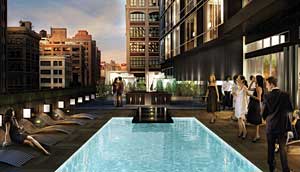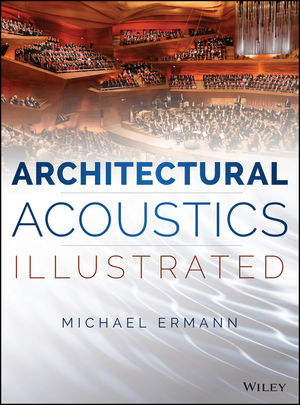One obvious question is why Trump and his partners aren’t simply building an actual hotel on the site. According to Julius Schwarz, executive vice president of the Bayrock Group (which initially secured the site with the Sapir Organization before bringing in Trump for his inimitable cachet) and the managing partner for the project, “It’s a financing mechanism” designed as a hedge against a potential glut of hotels. “You can model it out 10 years. Right now, there’s a shortage of hotels. So people are going to be building hotels and the rates will eventually come down. Hotel rooms will always be in high demand, but you can’t rely on the $1,200-a-night rates. Even with a very high-end luxury hotel like this, you have to convince a lender. That’s the most important thing; otherwise the deal doesn’t get done.”

What this is likely to mean is that the lawsuit will focus on Trump’s intentions and on the enforceability of his “voluntary” agreement to limit the days his high-rollers are actually in the building. Will he really send the concierge to remove the owner of a $10 million unit about to stay for a 30th straight day? It likewise seems highly unlikely that the New York City Building Department, which is responsible for enforcement, will have either the resources or the inclination to monitor 400 apartments on a daily basis to see exactly who’s behind the closed doors. The scope for scams and greased palms is virtually limitless, and the only real question is whether the city actually believes in the enforceability of the arrangement or is simply acquiescing in a situation it knows to be absurd.
A Trojan horse
The fate of the lawsuit is not clear and seems a long shot for this particular project. Part of the intent of litigating, however, is to force the city to close the loophole in the zoning code that has permitted the tower. The lawsuit also seeks to head off similar “Trojan horse” projects that might rise in other manufacturing zones around Manhattan, including chunks of Chelsea, Greenwich Village, Tribeca, SoHo, and the Garment District, among others. Unfortunately, the planning department has not indicated that it sees any urgency in revising the code. Big buildings for big money are at the top of the municipal development agenda, and the site, although it is in an industrial district, adjoins some of the most expensive residential areas in the city.
However, the building’s real affront is broader than the fact that another developer has found another way of manipulating the zoning laws to his advantage, and it has to do with both the city’s mix of uses and its mix of people. Certainly, the outcry would have been much less had the site, which was vacant, been developed with a 12-story building for moderate-income families or an art center. And, although many of us idealize a certain vision of urban vitality—one that still includes manufacturing and other industrial uses—the inhospitality of both the national economy and the local real estate market to such activities is powerful. But the category of manufacture also encodes the idea of a working class, and the widespread resistance to the city’s tide of luxurious residences and Class-A offices reflects alarm at the increasingly monochrome, if glossy, character of the city.
Like the nation, New York lacks an adequate industrial policy, and Trump SoHo, like the neighborhood next to it, represents the transformation of an “obsolete” industrial district into something more congenial to the current market. This transformation reproduces at the scale of the city, something that is going on globally, a kind of spatial segregation—or zoning—of continental reach: New York’s industrial neighborhoods are now in China or Mexico. What is sacrificed locally, though, is not simply blue-collar employment, but a vital idea of what constitutes a city, an idea that includes notions of self-sufficiency and diversity. One of the things that can make a city great is the spectacle of equity, a sense of the “right to the city” that combines access to both its places and possibilities. We rely on public space and public policy to lay out a framework for this freedom.
The motto emblazoning the construction marquee surrounding the new project is succinct: “Possess Your Own SoHo.” In the vulgarity of their sumptuary obsessions, Trump and his hotel are fine symbols of an urbanism of pure extraction that has little interest beyond the bottom line. The city becomes the territory of acquisitiveness, of the sort of civic disengagement suggested by the lifestyles of those who can afford to own multimillion-dollar apartments they will occupy only a month at a stretch. For them, possession displaces participation as the reason to be in the city, and their privilege is a growing affront. They come to spend, and it’s no wonder that municipal authorities so often find the froth of growth irresistible for their own bottom line.



Post a comment to this article
Report Abusive Comment